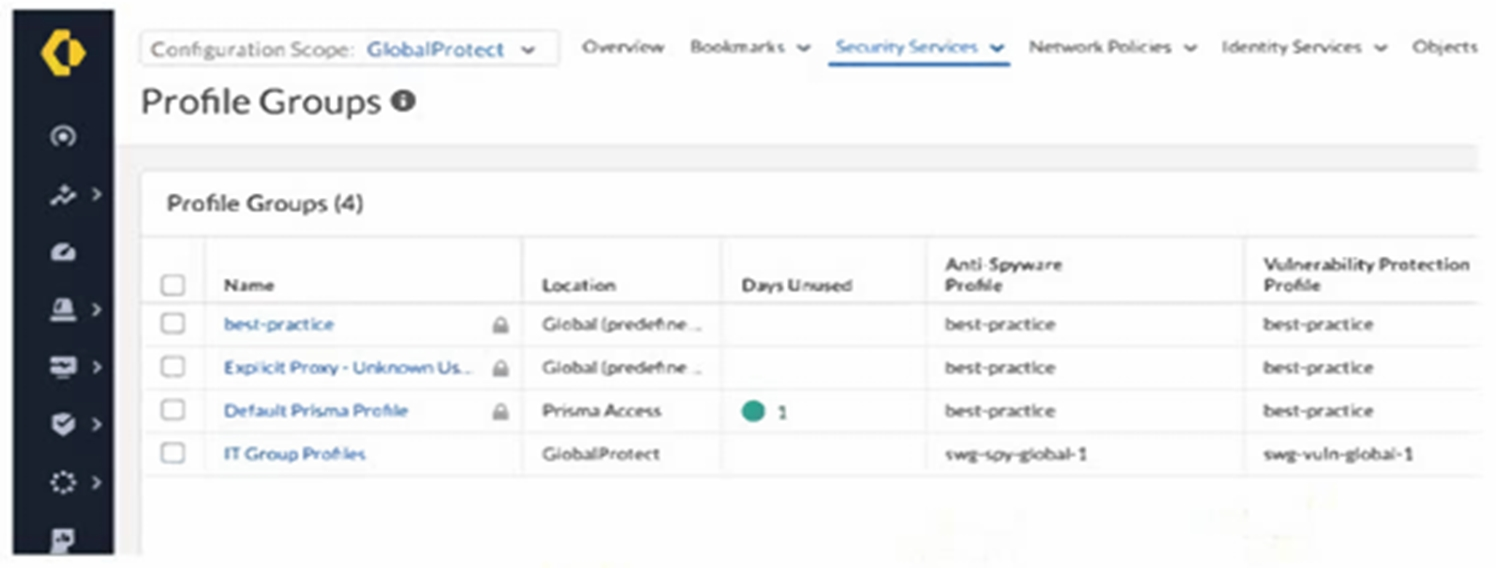SaaS Security Inline allows engineers to customize the risk scores assigned to different SaaS applications based on various factors. By manipulating these risk scores, you can influence how these applications are treated within Security policies.
To limit the use of unsanctioned SaaS applications:
Lower the risk score of sanctioned applications: This makes them less likely to trigger policies designed to restrict high-risk activities.
Increase the risk score of unsanctioned applications: This elevates their perceived risk, making them more likely to be caught by Security policies configured to block or limit access based on risk score thresholds.
Then, you would create Security policies that take action (e.g., block access, restrict features) based on these adjusted risk scores. For example, a policy could be configured to block access to any SaaS application with a risk score above a certain threshold, which would primarily target the unsanctioned applications with their inflated scores.
Let's analyze why the other options are incorrect based on official documentation:
B . Increase the risk score for all SaaS applications to automatically block unwanted applications. Increasing the risk score for all SaaS applications, including sanctioned ones, would lead to unintended blocking and disruption of legitimate business activities. Risk score customization is intended for differentiation, not a blanket increase.
C . Build an application filter using unsanctioned SaaS as the category. While creating an application filter based on the 'unsanctioned SaaS' category is a valid way to identify these applications, it directly filters based on the category itself, not the risk score. Risk score customization provides a more nuanced approach where you can define thresholds and potentially allow some low-risk activities within unsanctioned applications while blocking higher-risk ones.
D . Build an application filter using unsanctioned SaaS as the characteristic. Similar to option C, using 'unsanctioned SaaS' as a characteristic in an application filter allows you to directly target these applications. However, it doesn't leverage the risk score customization feature to control access based on a graduated level of risk.
Therefore, the most effective way to use risk score customization to limit unsanctioned SaaS application usage is by lowering the risk scores of sanctioned applications and increasing the risk scores of unsanctioned ones, and then building Security policies that act upon these adjusted risk scores.


